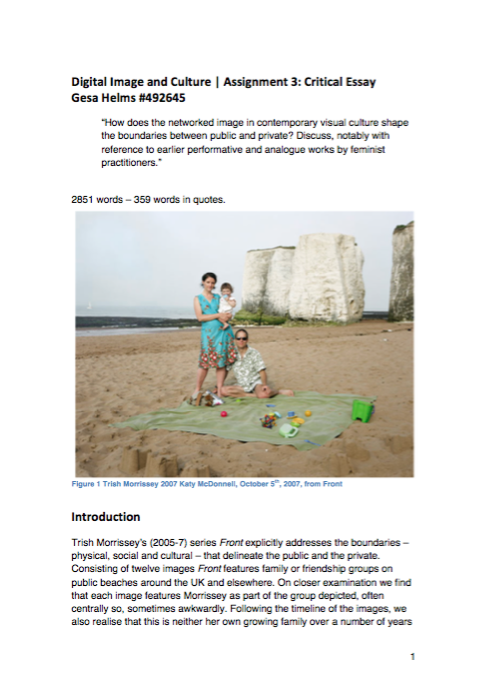To: L; a
Cc: H
images taken in your office
hi A and L,
hi H
— I realised when talking to A earlier this week that I haven’t done something in order to clarify the use of the work that I have been doing around my current project (in an office at night) to do with overwork, desire and (not)work. for this project, I met with H in your shared office one evening and we talked about the themes and also used a methodology of jointly taken photos. the images were taken on an analogue camera and my phone, H has since seen the phone images but not, in detail, the analogue ones (as I don’t have a full contact sheet of them yet) – so in this sense, H: the below applies also to you for the images you haven’t seen yet.
The project (like other current work of mine) is pursuing the edge of public/private, and while I realise that that is a current concern of mine I also know that it involves transgressions (feared or actual), most notably if I work with lens-based media and its rich and cumbersome traditions of voyeurism and exhibitionism. I like to attend to and work with this transgressive discomfort in whatever way possible (and some of that attention will be clumsy, no doubt; as well as possibly an imposition on others). I feel that I negotiated that process well with H and the material and forms we employed; I was also conscious of being in someone else’s office as a not quite private, not quite public space; that registered with how and what photos I took (and notably didn’t take), and it also was in one way or another done with/by H (in her shared office); there are a number of images in the full set that blur out/ spill over into your spaces/ presence, and I wanted to ask you to let me know if there are any images in this set you don’t want me using in future.
The images that require for me a confirmation that you are okay with them existing and being used are most notably:
– row 5/ img 4: showing the names on your office door — I will obscure these/ overlay them in any case; I would love to be able to use that img with such an overlay.
– any image that shows A;
– any image that shows A’s desk and shelf space; with the latter, I would really like to use the images that show the duvet bin bag as well as row5/ img 3 which includes A’s hands.
And then there will be others in the set that don’t register as sensitive to me but may be to you.
As for the use of these images: at the moment it sits fairly contained within an educational context, as part of my current undergrad degree course. Some of the images I have made from these are here: https://digitalimageandculturegh.wordpress.com/2015/12/09/assignment-1-in-an-office-at-night-manual-montages-maybe-wip-maybe-final/ [it’s one of several posts but has links to all others].
At the same time, I have the sense that this project could become fairly long and expanded… I am quite excited by the issues it raises and how it seems to be able to bring together some of my academic interests and visual strategies and theories… so it could potentially involve various more interviews in other offices at night, and it thus may in future acquire different public forms.
I would like to ask you to have a look at the image which shows all images of that shoot and to let me know if you want any of these removed, restricted, obscured or similar: and please do let me know if that is the case. And if the image quality is too poor, I can also send on digital files for individual images.
I appreciate that you will have lots of other things to do at this time of year; so, I would like to suggest that if I don’t hear back from you until 10 January 2016, that the images (plus the above proposed anonymisation of row5/img4) are okayed for usage from your side.
Link to dropbox photo file: https://www.dropbox.com/s/pd5sdfge8ewxoat/P1100812%20copy.jpg?dl=0
Thanks so much and all the best,
Gesa

